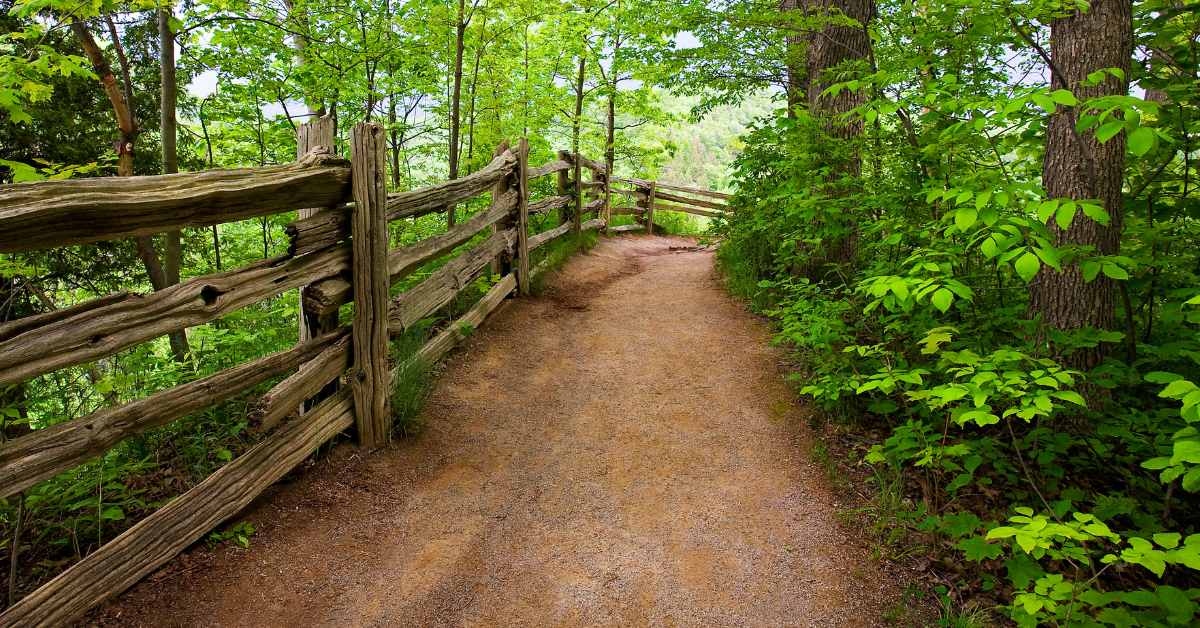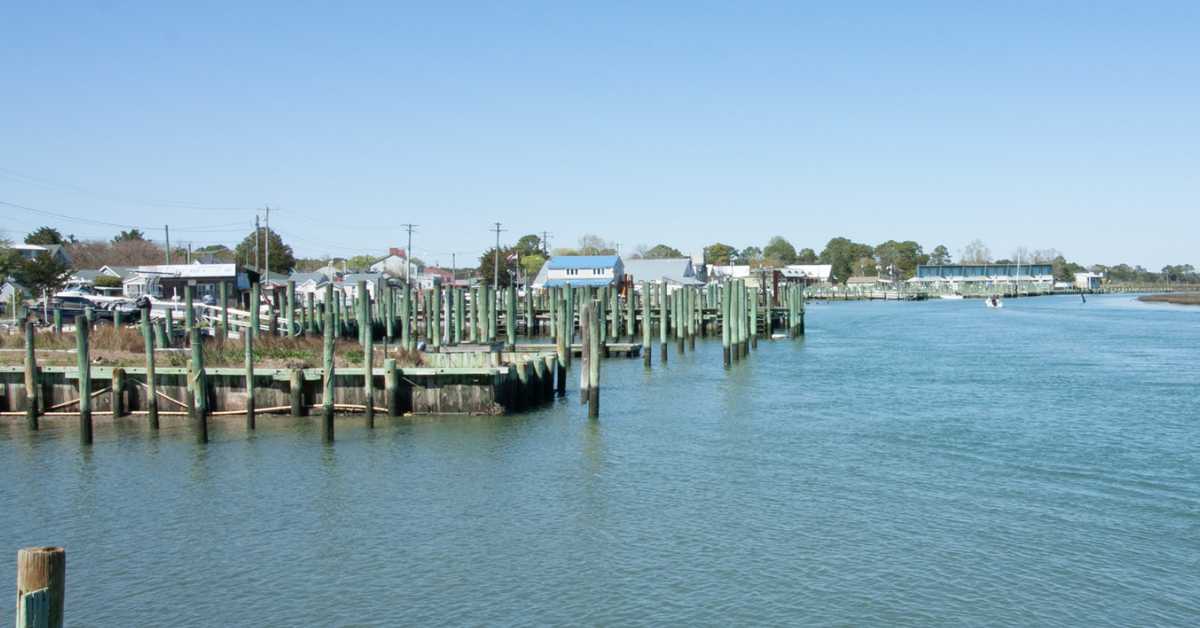Walking into a park, you might wonder, “Is this a walk or a hike?” While they may seem similar, there are key differences. Today, we’re embarking on a journey to understand the difference between walking and hiking. By the end of our stroll through this topic, you’ll see both activities in a new light.
Difference Between Walking and Hiking
The main differences between walking and hiking revolve around where you do them, the terrain, and the purpose. Let’s dive in.
What is the difference between walking and hiking?
Walking is generally a low-impact activity. It’s what we do daily. It can be a short walk to the mailbox, a brisk pace around an urban environment, or a long walk in a local park. A casual walk, typically done on a flat surface like pavements or a flat path in urban settings, focuses on leisure or commuting short distances.
Hiking, however, often involves uneven terrain, and rugged trails, and requires proper footwear like hiking boots for better grip. It usually happens in natural settings – think national parks or wilderness areas. Hiking challenges you with elevation changes, rocky terrain, and sometimes longer distances. It’s an exploration of the great outdoors, often away from the beaten path.
How long does it take to walk a mile?
Listed below is a table containing the average speed to walk a mile by age.
| Age Group | Average Walking Speed (mph) |
|---|---|
| Teens (13-19) | 3.5 – 4.5 |
| Young Adults (20-29) | 3.0 – 4.0 |
| Adults (30-49) | 2.8 – 3.5 |
| Older Adults (50-69) | 2.5 – 3.3 |
| Seniors (70+) | 2.0 – 3.0 |
Where are the best places to walk and hike on ESVA?
The Eastern Shore of VA (ESVA) is a treasure trove for both casual walkers and avid hikers. Here’s a closer look at each of the gems this region offers:
Kiptopeke State Park
Nestled on the shores of the Chesapeake Bay, this park is more than just a beachfront. There are several trails, ranging from short walks ideal for bird watching to longer hikes through maritime forests. The migratory birds passing through add a splash of color and melody to the natural ambiance.
Savage Neck Dunes Natural Area Preserve
Home to one of the East Shore’s tallest dunes, this preserve is a wonderland of sand, sun, and sea. The 3-mile round-trip hiking trail can be a bit of a challenge with its sandy terrain but offers breathtaking views of the Chesapeake Bay. It’s a true testament to nature’s artistic prowess.
Eastern Shore National Wildlife Refuge
This place is a sanctuary for both animals and humans alike. While migratory birds take refuge here, people find solace in its winding trails that move through diverse habitats. Whether you’re seeking a gentle walk among the wildflowers or a more intense hike with occasional elevation changes, this refuge has something for every nature enthusiast.
Chincoteague National Wildlife Refuge
Beyond its fame for wild ponies, Chincoteague is a haven of serene beauty. The trails offer views of salt marshes, loblolly pines, and of course, the ponies themselves. This refuge provides a mix of flat hikes and longer trails, suitable for both a leisurely walk or a day-long hike.
Eyre Hall Creek Trail
A picturesque spot perfect for a leisurely walk. Flanked by old-growth forests and tidal marshes, this trail lets you immerse yourself in tranquility. Whether you’re spotting butterflies or simply enjoying the caress of a gentle breeze, this trail is about reconnecting with nature.
Cape Charles Nature Trail
Situated near the historic town of Cape Charles, this trail is a mosaic of woodlands, tidal marshes, and open water vistas. Ideal for a casual walk, you can soak in the waterfront views, observe waterfowl, and even spot the occasional osprey or bald eagle.
Brownsville Preserve
A sprawling expanse covering over 1,000 acres, Brownsville combines tidal marshes, woodlands, and agricultural fields. With varying levels of walking and hiking trails, you can choose your adventure – from flat hikes to brisk walks through diverse habitats.
Willis Wharf Landing Park
A smaller, less frequented gem, Willis Wharf is perfect for a calm, leisurely walk. Just a few miles east of Exmore, this area offers views of the salt marsh and surrounding coastal habitats, this park is all about slow-paced exploration, letting the natural beauty wash over you.
How long is a hike?
- Short hikes: 1-3 miles
- Medium hikes: 4-10 miles
- Long hikes: 10+ miles
Is hiking just walking in the woods?
While many think of hiking as just a form of walking in the woods, it’s more than that.
Nature Interaction: Hiking often means deeper immersion in a natural environment, letting you engage with mother nature intimately.
Physical Exertion: The uneven and often rugged terrain requires more energy, making calories burn higher.
Preparation: Hiking often requires special equipment, like a first aid kit and water bottle, especially for longer durations.
Is hiking or walking best for weight loss?
Both hiking and walking offer health benefits. Walking, especially brisk walking in urban areas or a local park, can improve blood pressure and reduce the risk of heart disease.
Hiking, with its elevation gain and natural terrain challenges, often burns a higher number of calories. Depending on personal preferences and physical health, either could be a better option for weight loss.
Is hiking a type of walking?
Absolutely. Hiking is essentially a form of walking, but it’s typically more intensive. While walking can be a casual stroll on a paved path or in urban settings, hiking involves navigating natural terrain, often with elevation changes.
Is hiking and trekking the same thing?
Hiking is usually a single-day activity, while trekking refers to multi-day hikes. Trekking often involves camping and traversing through wilderness areas for longer durations.
How long is a hike?
Again, it varies.
Short hike: Think of a 2-hour journey through your national park.
Medium hike: This might be spending most of the day exploring the great outdoors.
Long hike: These are typically multi-day trek experiences.
Is hiking just for mountains?
No! While mountains offer a unique hike challenge, you can hike in deserts, forests, and even some urban hike trails. It’s more about the journey and terrain of your hike than elevation alone.
Equipment to carry for hiking
Hikers should always carry:
- Water: Always have a bottle of water.
- First Aid Kit: Essential for any unforeseen injuries.
- Proper Footwear: Hiking boots or shoes that offer support and grip.
Conclusion
Navigating the difference between walking and hiking is like understanding the difference between a short stroll to your local cafe and an expedition through a forest. Both are wonderful ways to experience the world, offering both mental health benefits and physical rewards.
Whether you’re up for a casual walk or a hiking trail adventure, what’s important is to get out there, breathe in the fresh air, and enjoy the world at your own pace. Remember, whether you’re walking or hiking, it’s all about the journey, not just the destination.
- What is the difference between walking and hiking? - August 7, 2023
- What Ingredients Are In A Waffle Cone? - July 3, 2023
- How to Clean Sunscreen Off Car Interior - June 27, 2023











